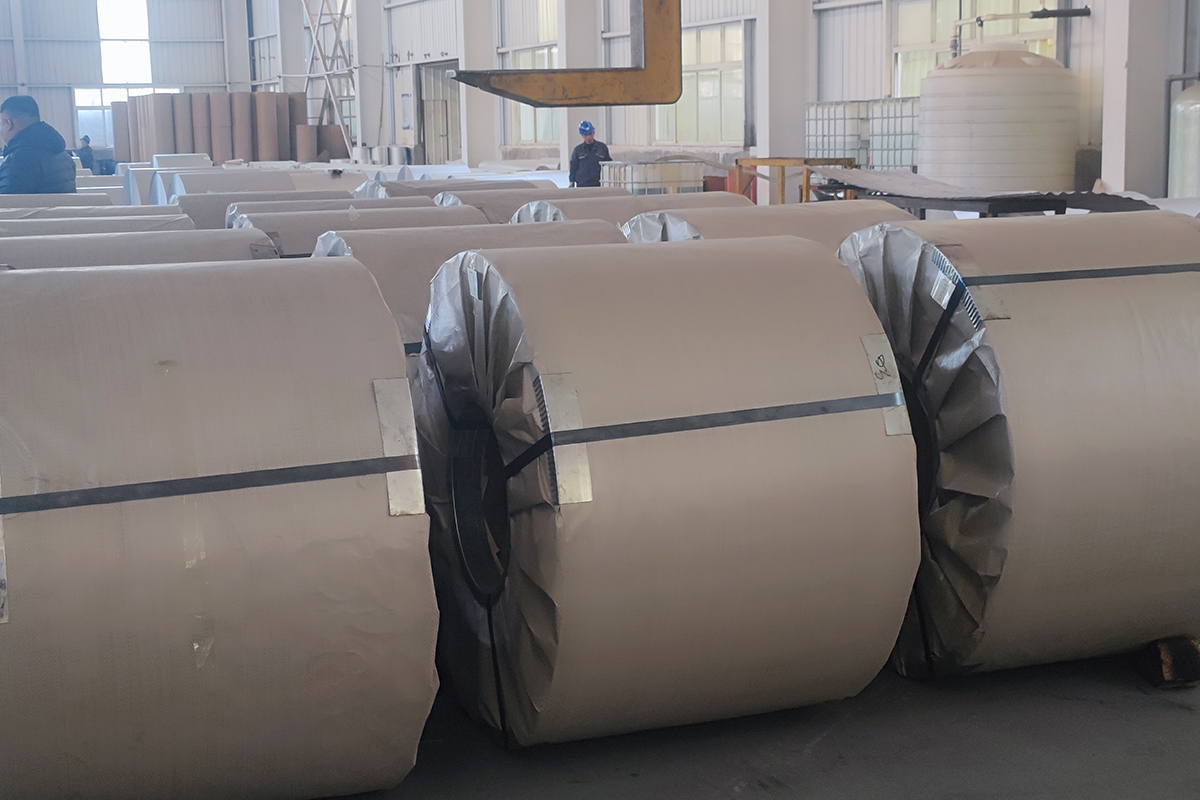
I. Escalating Trade Barriers: Double Squeeze from Emerging Markets and Western Countries
Since 2025, the global galvanized steel trade landscape has undergone rapid restructuring, with trade protectionism in emerging markets and Western countries creating a “double squeeze” scenario. On February 6, Malaysia launched anti-dumping investigations into galvanized steel products from China, South Korea, and Vietnam, covering 21 tariff codes ranging from 7210.49.11 to 7226.99.99. Vietnam followed suit, imposing provisional anti-dumping duties of up to 37.13% on Chinese galvanized steel on April 1, causing a 23% year-on-year drop in China’s steel exports to Vietnam. These measures directly impact China’s galvanized steel exports—Vietnam accounted for 11.51% of China’s total steel exports (12.77 million tons) in 2024.
Meanwhile, Europe and the U.S. are erecting new trade barriers through “carbon tariffs.” The EU’s Carbon Border Adjustment Mechanism (CBAM) entered its transitional phase, requiring importers to declare actual carbon emissions starting July 2025 and purchase emission certificates by 2026. Chinese enterprises like Hegang Group use the WisCarbon carbon neutrality digital platform to assist clients in carbon emission data reporting and 规避 (avoid) green trade barriers. The UK plans to implement a domestic carbon tariff in 2027, covering energy-intensive industries like steel and aluminum.
II. Geopolitics Reshaping Supply Chains: Regionalization and Localization in Parallel
Global galvanized steel supply chains are shifting toward “nearshoring” and “regional clusters.” Chinese enterprises are accelerating Southeast Asia investments: The Fangchenggang Rongding galvanized steel production base, with an annual capacity of 876,000 tons, uses zinc-aluminum-magnesium coating technology, achieving 3-5 times higher corrosion resistance than traditional galvanized steel. Despite Vietnam’s tariffs, 70% of its galvanized steel raw materials still depend on Chinese imports in 2024, creating a contradiction between policy confrontation and industrial dependency.
In Europe and the U.S., supply chain reshoring is gaining momentum. U.S. Nucor Steel’s new galvanizing line, operational in 2025, focuses on advanced high-strength steel (AHSS) for new energy vehicles, leveraging subsidies under the U.S. Inflation Reduction Act. The EU’s “Green Steel Procurement Alliance” mandates suppliers to provide full lifecycle carbon data, raising market entry barriers.
 III. Technological Standard Competition: Global Race for Nanocoatings and Low-Carbon Zinc
III. Technological Standard Competition: Global Race for Nanocoatings and Low-Carbon Zinc
Nanotechnology and low-carbon zinc have become focal points of international competition. China’s implementation of the Group Standard for Nano-Coated Black Galvanized Coils (T/KSZZ 022-2025) promotes large-scale application of nanocrystalline coatings, enhancing corrosion resistance by 80% while reducing zinc consumption by 20%. Sweden’s Boliden has developed low-carbon zinc produced with 100% hydropower, cutting carbon intensity by 75% compared to traditional zinc, now used in ABB’s distribution cabinets.
Technological iteration in the photovoltaic sector is particularly pronounced. Zinc-aluminum-magnesium (Zn-Al-Mg) coated steel accounts for 40% of PV bracket applications in 2025, up from 15% in 2023. Baowu Group’s Zn-Al-Mg frames reduce single-watt module weight by 12% and achieve 25% lifecycle carbon reduction, directly influencing global trade—China’s PV bracket galvanized steel exports reached $3.27 billion in Q1 2025, 10% of total coated steel exports.
 IV. Evolving Market Landscape: Rise of Emerging Economies and Transformation of Traditional Giants
IV. Evolving Market Landscape: Rise of Emerging Economies and Transformation of Traditional Giants
China remains the world’s largest galvanized steel producer with a 40% market share in 2025 but faces competition from India and Southeast Asia. India’s “Production-Linked Incentive” (PLI) scheme drives domestic capacity expansion, targeting 5 million tons by 2025. Infrastructure booms in Southeast Asia are boosting demand, with imports into Vietnam and Indonesia expected to grow 15% in 2025.
International giants are accelerating strategic adjustments. ArcelorMittal provides customized galvanized steel solutions for Middle East energy projects, reducing construction time by 40% with modular steel structures. China’s North New Building Materials enters the EU market with “China Green Building Materials”-certified galvanized light steel keels, 10% cheaper than local products.
 V. Future Challenges and Response Strategies
V. Future Challenges and Response Strategies
- Normalization of Trade Frictions: Enterprises should build a “regionalized production + localized certification” system. For example, Hegang Group uses galvanized steel modular buildings in Saudi Arabia’s Red Sea New City project to avoid tariff risks.
- Internalization of Carbon Costs: Accelerate low-carbon technology R&D. Baowu Group achieves a 35% recycled steel ratio in its MARC cold-rolled galvanized products through scrap recycling, obtaining SCS international certification.
- 争夺标准话语权 (Standard Dominance Competition): Actively participate in international standard setting, such as ISO/TC 17/SC 10 (Steel Product Coating Technology Committee), to lead rules in nanocoatings and low-carbon zinc.
In this global game, the galvanized steel industry is shifting from “cost competition” to multidimensional competition in technology, standards, and supply chain resilience. Only through technological innovation to break trade barriers and green transformation to integrate into global value chains can enterprises seize the initiative amid volatile international dynamics.





